Dear Reader (2023-06-16),
Today we continue our visit to the Bucharest area with stops at the mythical burial place of Vlad the Impaler, and a palace to marvel at floors and fabric. The palace is also a prompt for a brief discussion about ghosts.
I love ghosts, and I have a small collection of them. Some may look at my images of ghosts and think they are failed images. I look at them and savour the happy accident. This is a genre (that maybe a bit of a stretch) of photography that is unique to the digital world. It comes from either assembling a series of images for a panorama, or from creating a panorama in camera, as items are in motion. In a visual world where I often don’t know what is real and what is not, the origin of these images is visible. There is an honesty to these images that I appreciate. For those familiar with my Time Frame series, yes there is a connection. If you would like to talk further about these ideas, let’s meet over a tea, coffee, wine, or beer.
Another contextual element, to much of what we will see over the coming days, is the Eastern Orthodox version of Christianity. The first of today’s four background sections begins there.
Eastern Orthodox [1,2]
According to more than one of our guides there is no such thing as Greek Orthodox, or Russian Orthodox. There is Western Orthodox (ie Roman Catholic) and Eastern Orthodox. This of course begs the question what is the difference between the two Orthodoxies, what happened, when did it happen, why did it happen, and do you or I want to spend the rest our lives going down the rabbit holes of monotheism? I suggest not, so here is my gross simplification based on a cursory wander through web resources.
After over 500 years of theological differences, in 1054 an emissary from Rome left a note on the alter of the main church in Constantinople, excommunicating the whole eastern branch of Catholicism. This is known as the great schism. In response the Eastern church said, fine, no more money for you, and we fundamentally disagree with the authority of your pope anyway. “Orthodox Christians consider Jesus Christ to be the head of the church, while the Roman Catholic Church is headed by the Pope, who uses the title of the ‘Vicar of Christ” [1]. Other differences between these two branches of Christianity include:
- “In the Roman Catholic Church, priests and bishops must observe celibacy before and after ordination, while deacons must only observe it after ordination. In the Eastern Orthodox Church, deacons and priests must observe celibacy only after ordination, which means they can be married. [2]”
- Western Orthodox adornment tends towards statuary, and Eastern Orthodox adornment tends towards painted surfaces. An Eastern Orthodox church may have all its walls ceilings painted, which is not something seen in a Catholic church.
- Please see the references for a more complete articulation of the differences.
Snagov Monastery [3]
“Snagov Monastery stands on a tiny island in a lake just outside of Bucharest, which local tradition states is the burial place of Vlad the Impaler, the inspiration for Bram Stoker’s Dracula.
Originally founded in the 14th century and later excavated in 1933, the monastery is a seemingly simple place of worship taking advantage of the calm its water-locked isolation brings. However, the story goes that after his notoriously cruel lifetime, Vlad Tepes III was buried in the church as per his request prior to his death. A number of archeologists and historians have worked to verify whether this tale is fact or simple apocrypha, and none have been able to prove that the dictator was ever laid to rest on the island. After having dug up some of the site’s burial stones all that was found were a mix of horse and human bones, but nothing that confirms the possible Dracula’s interment.
Most historians now believe that the Prince of Wallachia was buried in a monastery in the Comana area, but this has not stopped the locals from spreading the spurious myth.”
The Brancovan Palace / Mogoșoaia Palace [4,5]
I know it is a lot of dates and names, but I imagine this house as a sentient being that has born quiet witness to a chaotic three centuries.
“On September 20, 1702 Prince Constantin Bråncoveanu (1688-1714) finished building and offered as a gift the Palace of Mogosoaia to his second son, Stefan. Today we find out the details of how and why it was built, from the inscription stuck in the wall, above the door in the porch of the gazebo: “This palace from the foundation was built and embellished by the enlightened ruler Io Costandin Basarab voivod, offered as gift and given to his second son, Stefan B[râncoveanu], tax free inheritance, when completing this beautiful place in the year from Hs (Christ) 1702, month/ September20”. [4]
The palace was built between 1698 and 1702 in what is called the Romanian Renaissance style or Brâncovenesc style. The palace bears the name of the widow of the Romanian boyar (member of the highest rank of the feudal nobility) Mogoș, who owned the land it was built on.
After 1714, when Constantin Brâncoveanu was executed with his entire family in Constantinople, all the family’s wealth was confiscated by the Ottomans, and the palace was converted into an inn. Rebought by Prince Ștefan Cantacuzino, he returned it to Brâncoveanu’s grandson Constantin. …
The palace was devastated by the Ottomans during the Russo-Turkish War of 1768–1774. It was later granted by prince Grigore to his daughter, Zoe Mavrocordat, who had married George D. Bibescu, sovereign Prince of Wallachia. The palace remained within the Bibescu family and was renovated by Nicolae Bibescu.
In November 1916, the palace was bombed by the German air forces, during the Romanian Campaign of World War I. Sometime in the 1910s. Prince George Bibescu bought the palace and gave it (and later deeds to the land) to his wife, Princess Martha. Martha spent her private fortune for the reconstruction. In the late 1920s and the 1930s, the palace became the meeting place for politicians and for the international high society.
After 1945, the palace was forcibly nationalized by the communist authorities, and the owners, Valentina and Dimitrie Ghika-Comănești, were arrested. In 1957, it eventually became a museum.
The exterior and tunnels of the complex were featured in 2018 film The Nun.
Graduation
One of the rituals of graduating in Eastern Europe, especially for young women, is to dress-up, meet a friend or paid photographer at what I presume is a personally significant place, and be photographed. Another ritual we saw is that both young and men and women will dress-up, hop in a car with other dressed-up friends, and then cruise through town honking car horns. Sometimes there will be a parade of cars, and sometimes it will be a parade of a single car.
Notes on Photos
~ 1 to 11 – Mogoșoaia Palace
~ 1 – Mediocre photo for context
~ 2 – Something shiny – Ornamental clock gilded bronze; French workshop; 1860-1870
~ 3 – Floor tiled with tiles of glass and gold leaf
~ 6 – A gorgeous tapestry and ghosts
~ 8,9 – I like both versions for different reasons
~ 10 – Not shiny but captivating – “Bishop’s Liturgy”, Altar screen, Orthodox Church Dones, Mures County, 18th C
~ 11 – “Princess Martha Bibescu”, OIl on Canvas, 2019, Kateryna Rudakova (n. 1981)
~ 12 to 15,19,20 – Bucharest – Livin and Workin in History
~ 16 to 18 – Bucharest – Graduation triptych – 17 captured with permission
~ 21 to 24 – Snagov Monastery
~ 24 – Eastern Orthodox churches have great chandeliers
So dear Reader we leave Bucharest – next stop Constanta, Romania on the Black Sea coast.
Collections To Be Updated From This Post
~ Through A Bus Window
~ Livin And Workin In History
~ Place Specific
References
~ [1] – https://greekreporter.com/2023/04/01/catholic-church-orthodox-church-differences/
~ [2] – https://www.rbth.com/lifestyle/335081-7-main-differences-orthodoxy-catholicism
~ [3] – direct copy from https://www.atlasobscura.com/places/snagov-monastery
~ [4] – Information plaque
~ [5] – adapted from https://en.wikipedia.org/wiki/Mogo%C8%99oaia_Palace
You are welcome to share a link to this page with others.
As always, all comments are welcome and sought.
Cheers, Sean
My note on privacy can be found under the “About” menu item, and if you would like to subscribe to this blog please enter your email.
.
All rights for all material on any media reserved – © Sean P Drysdale 2020-2024
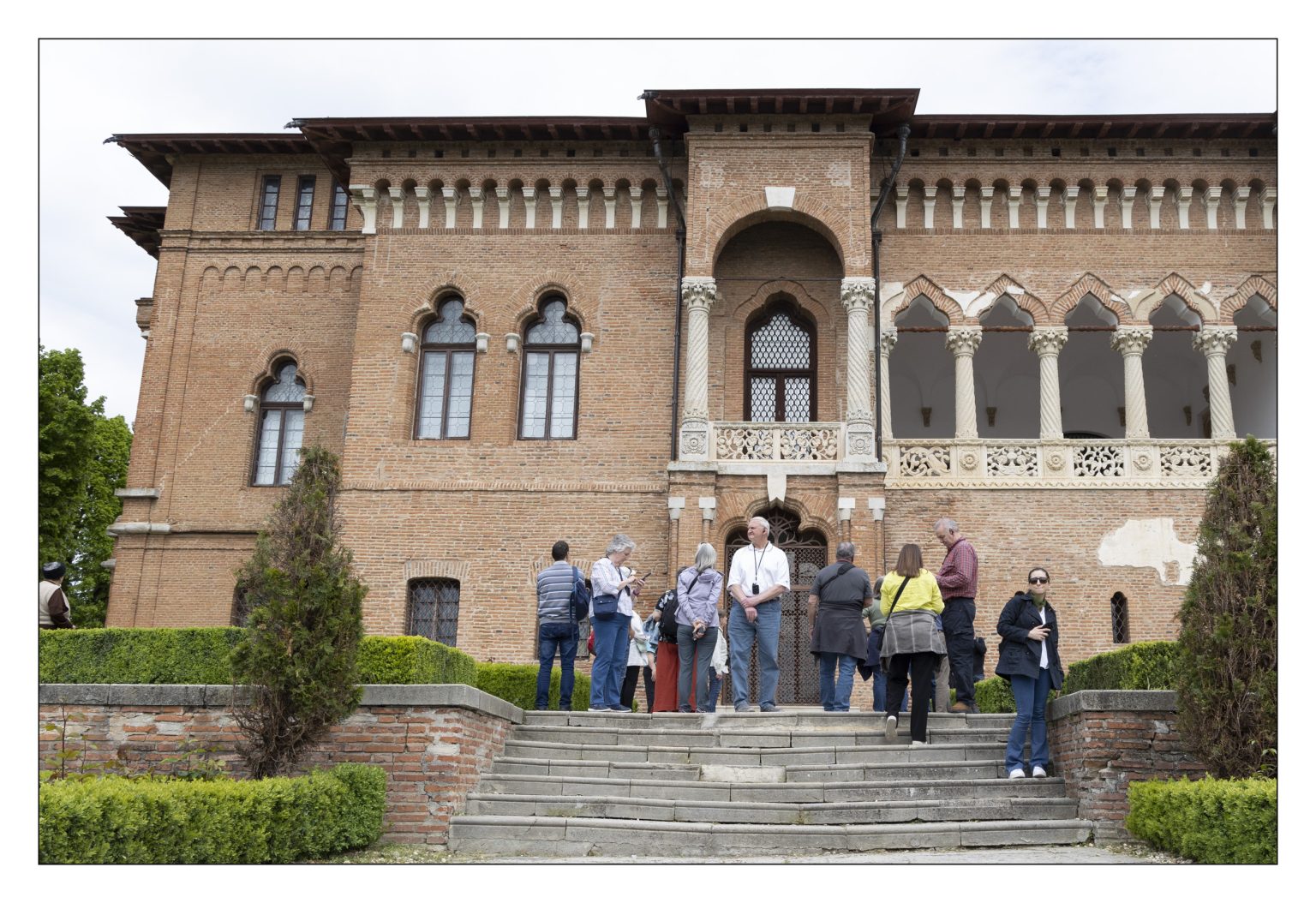
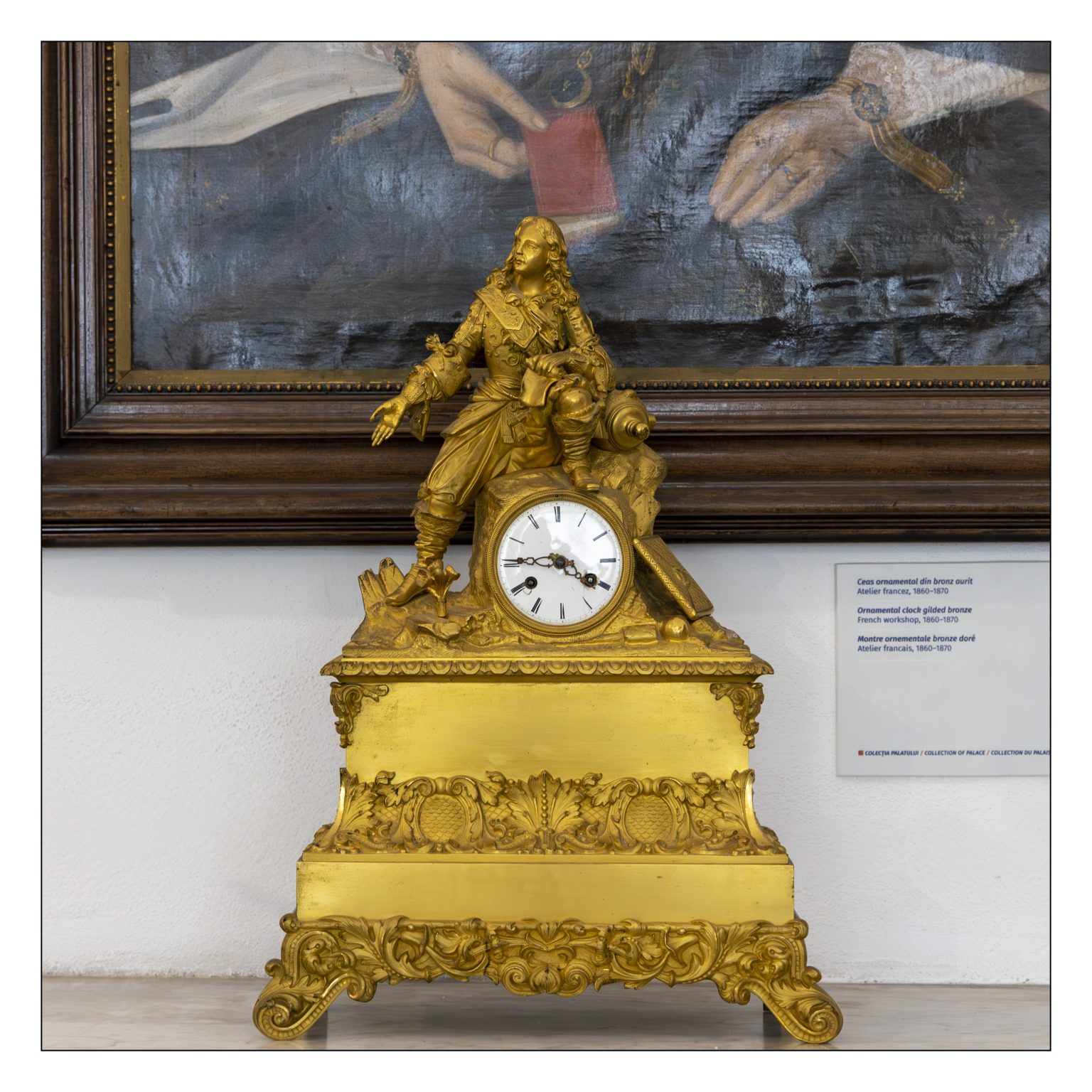
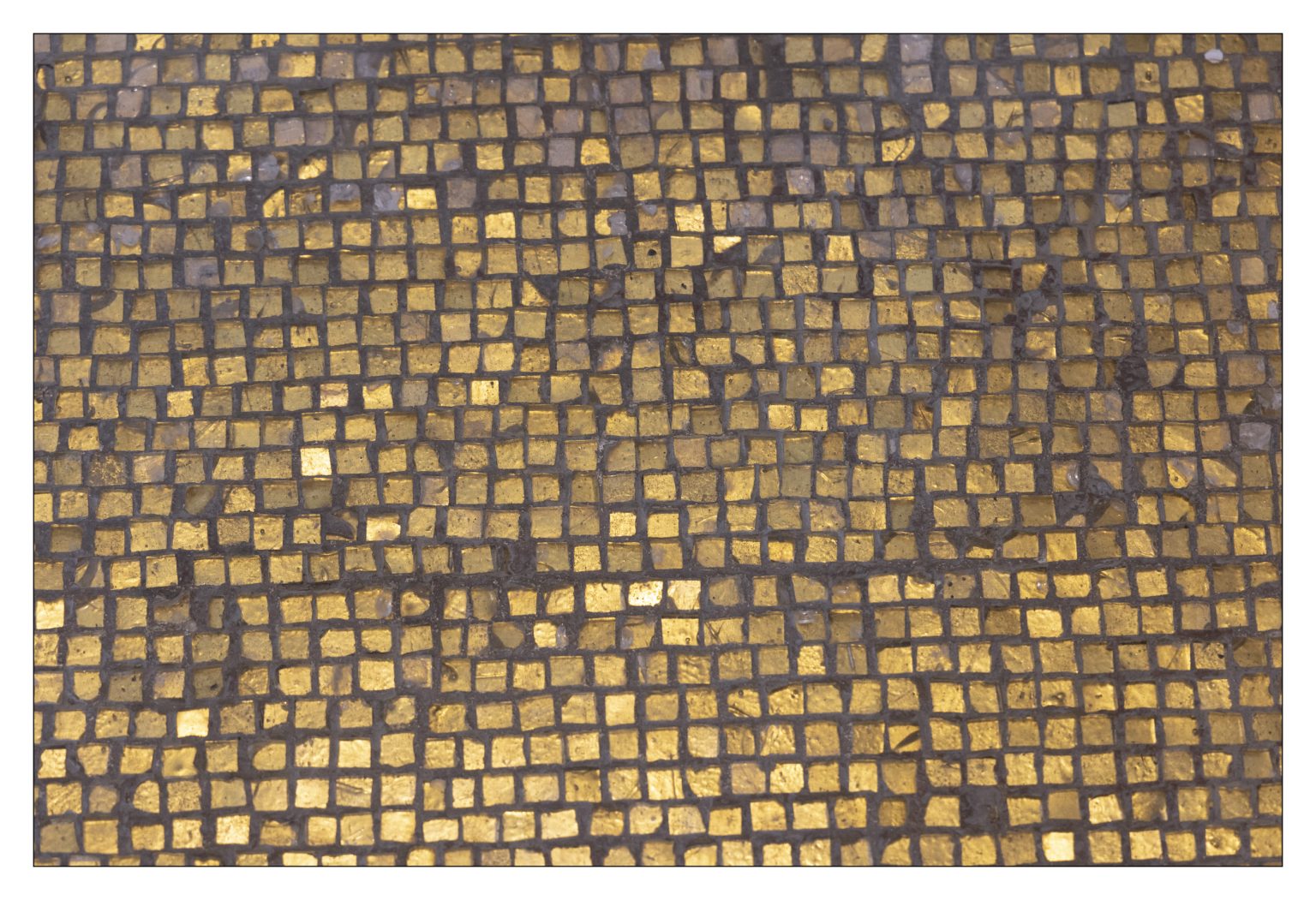
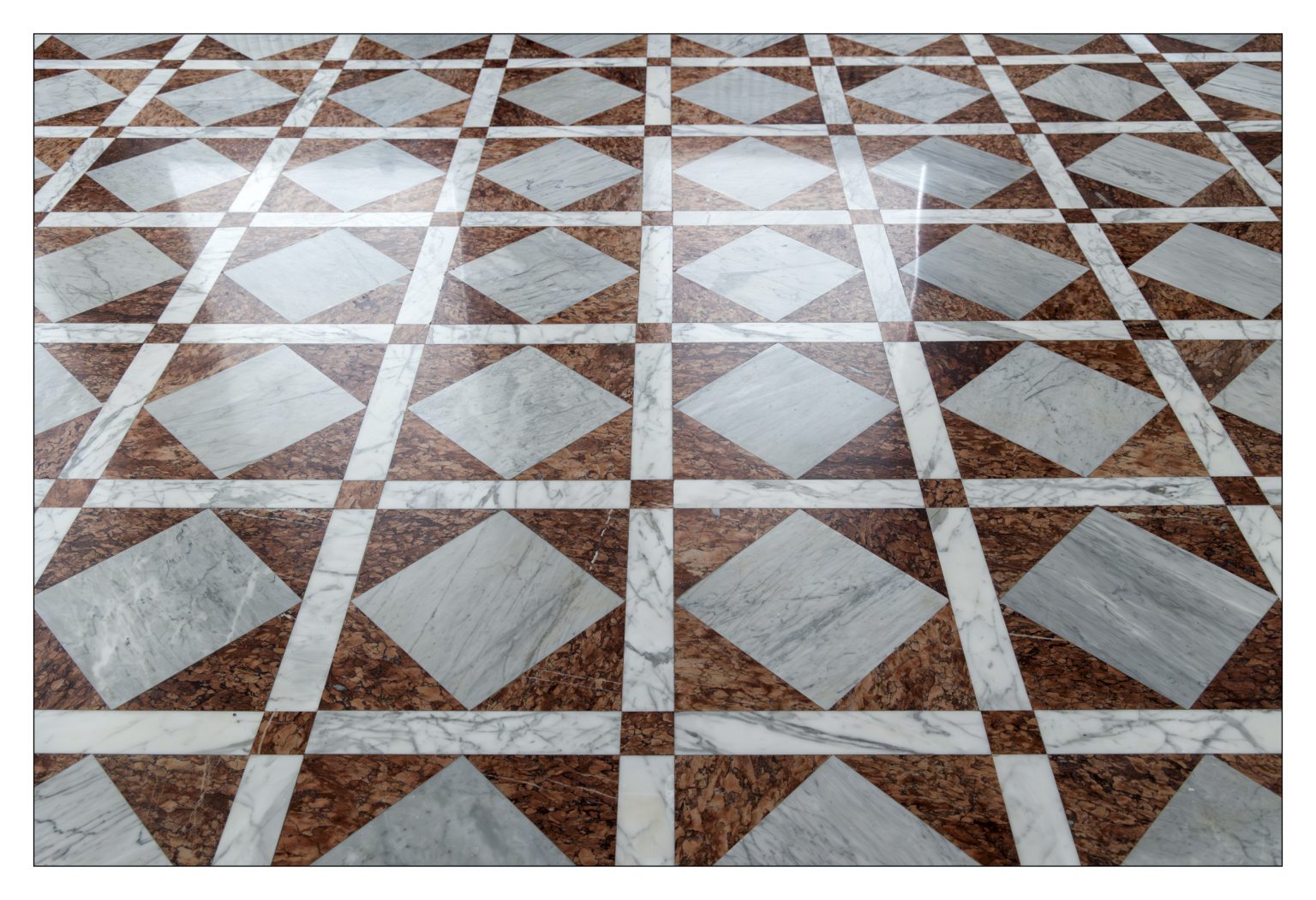
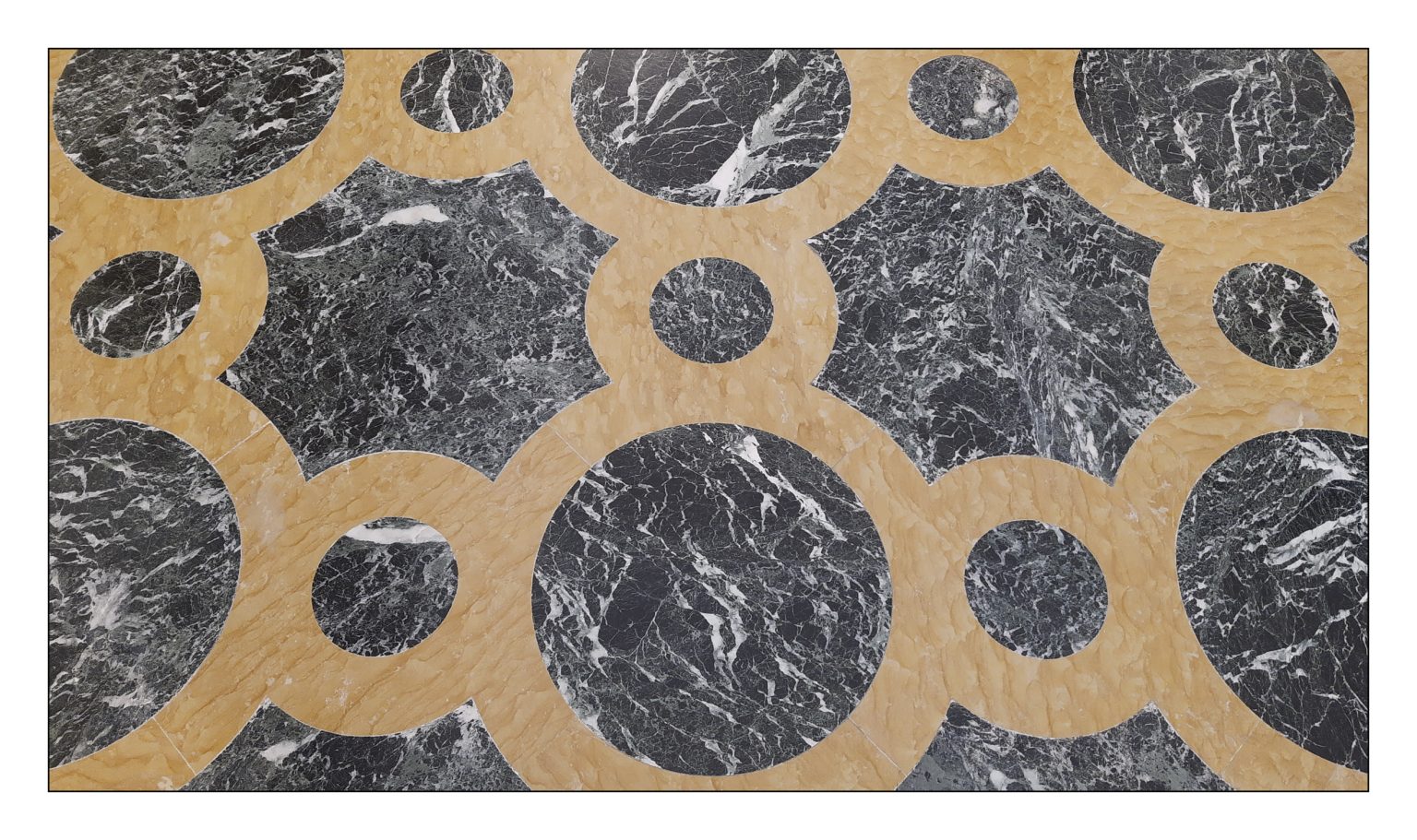
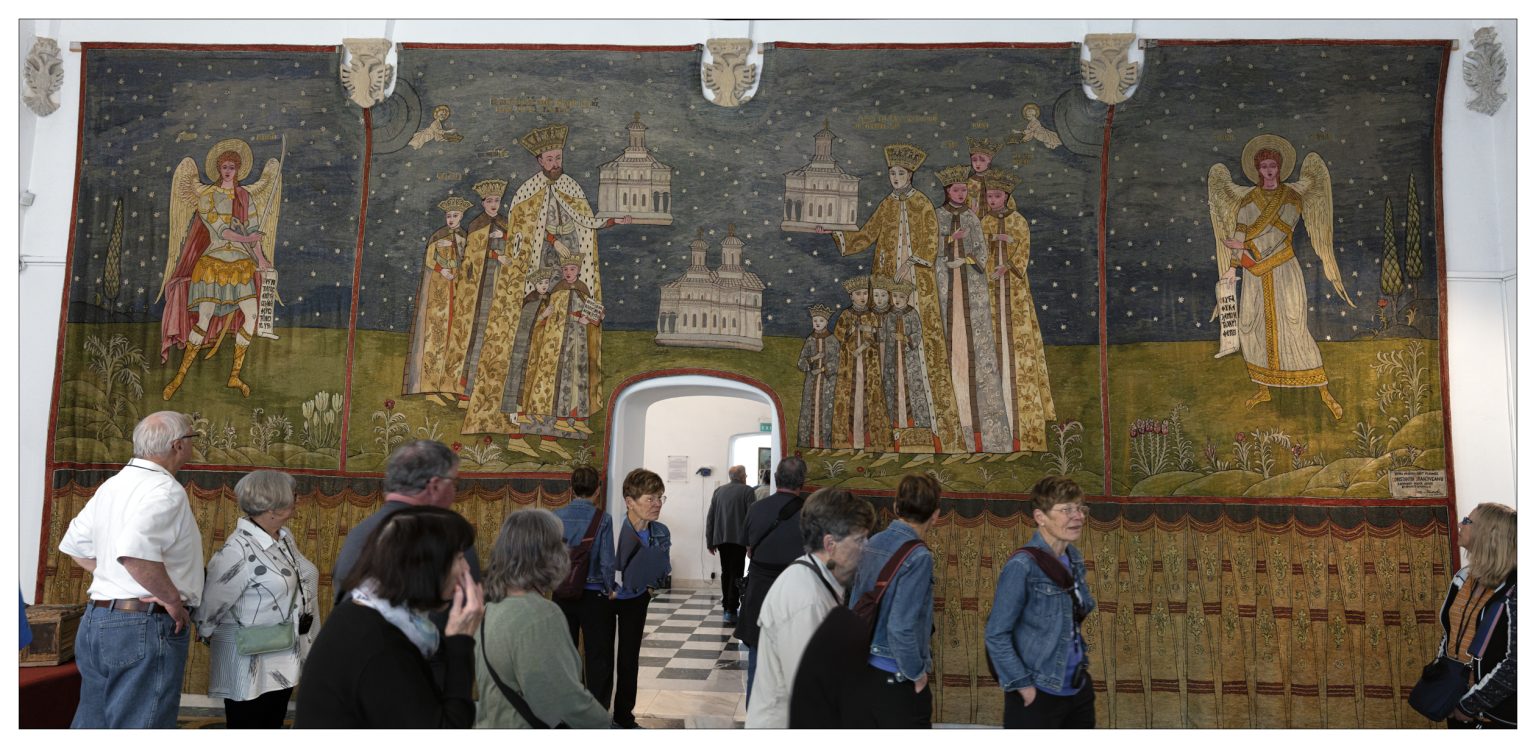
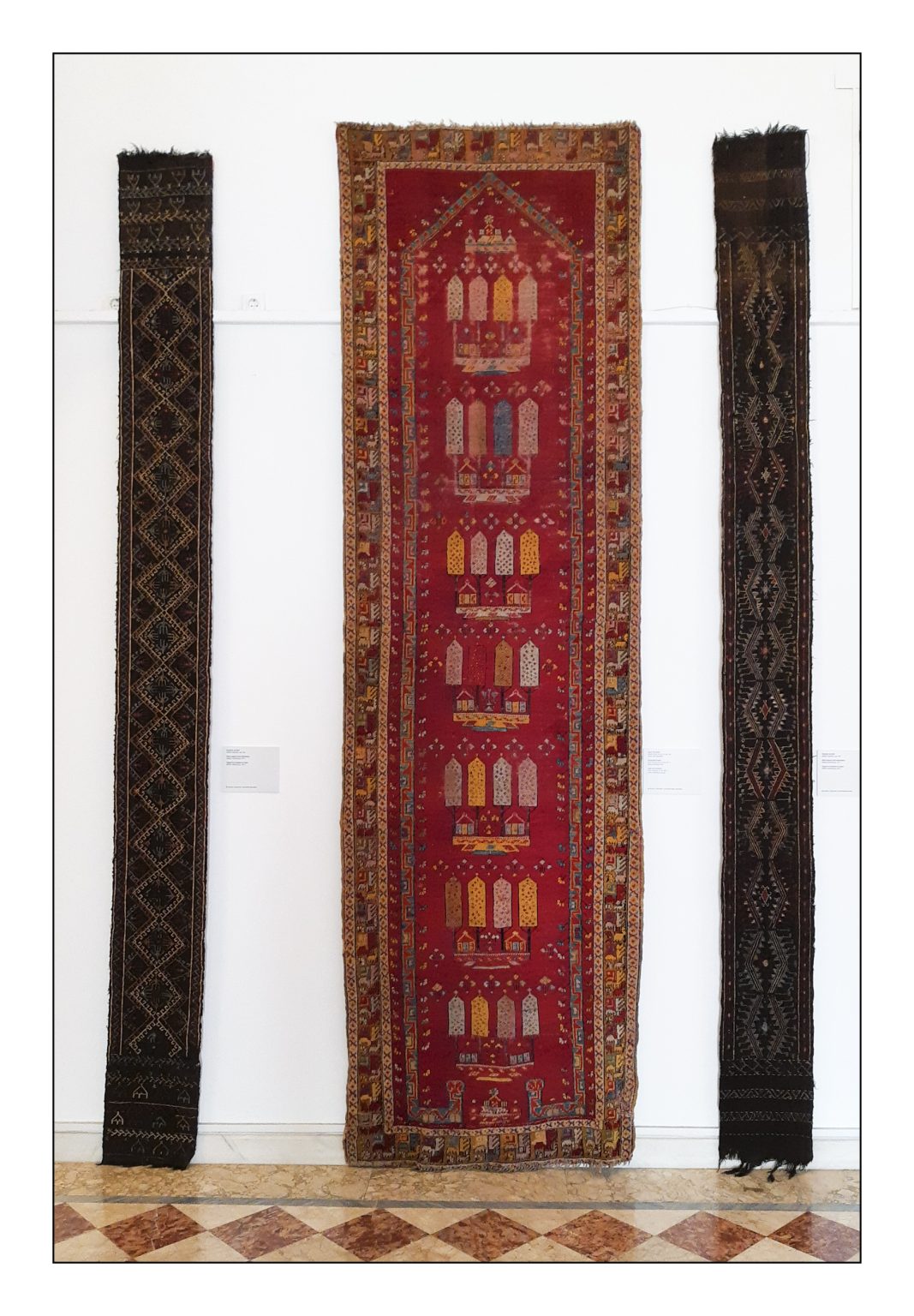
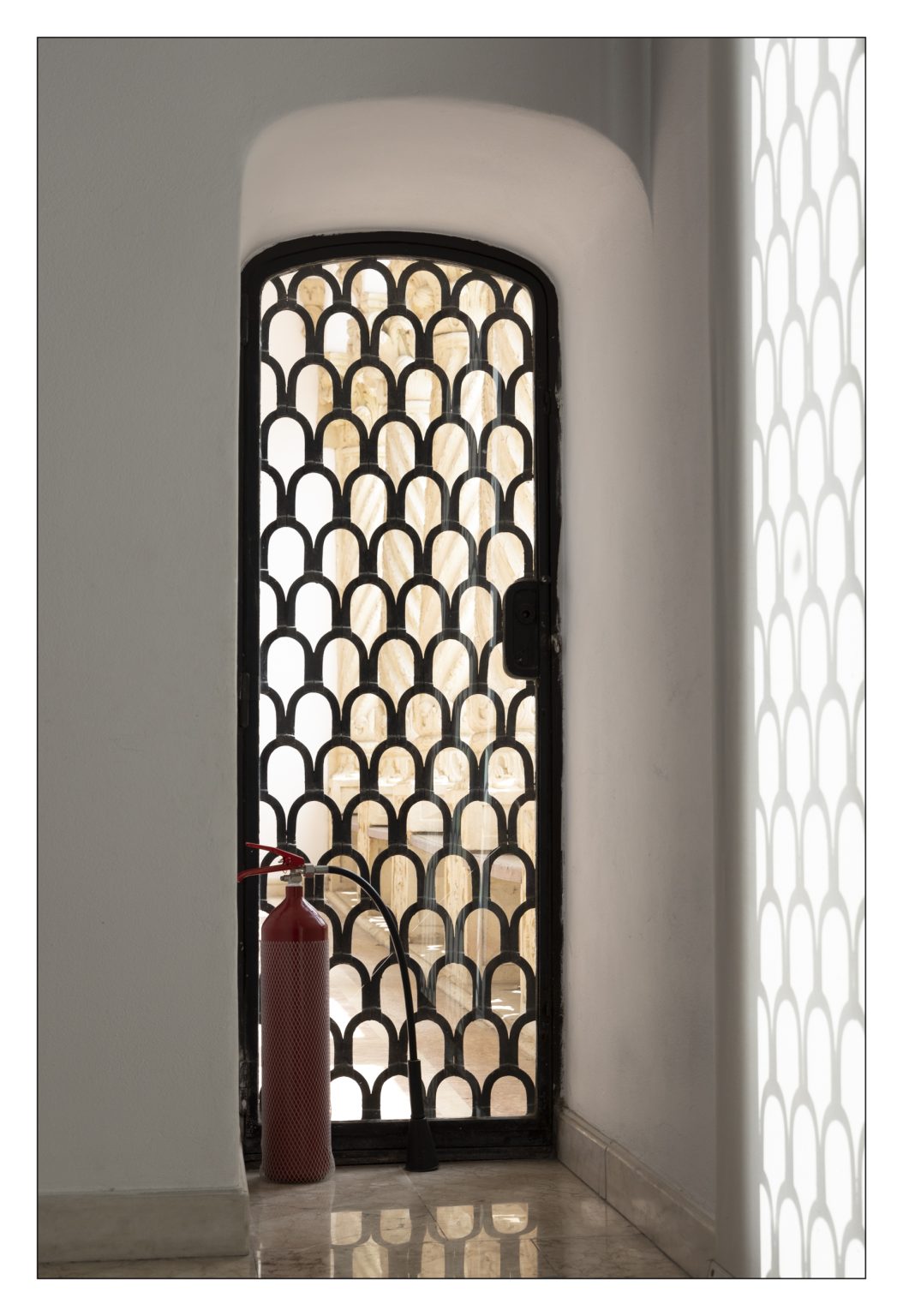
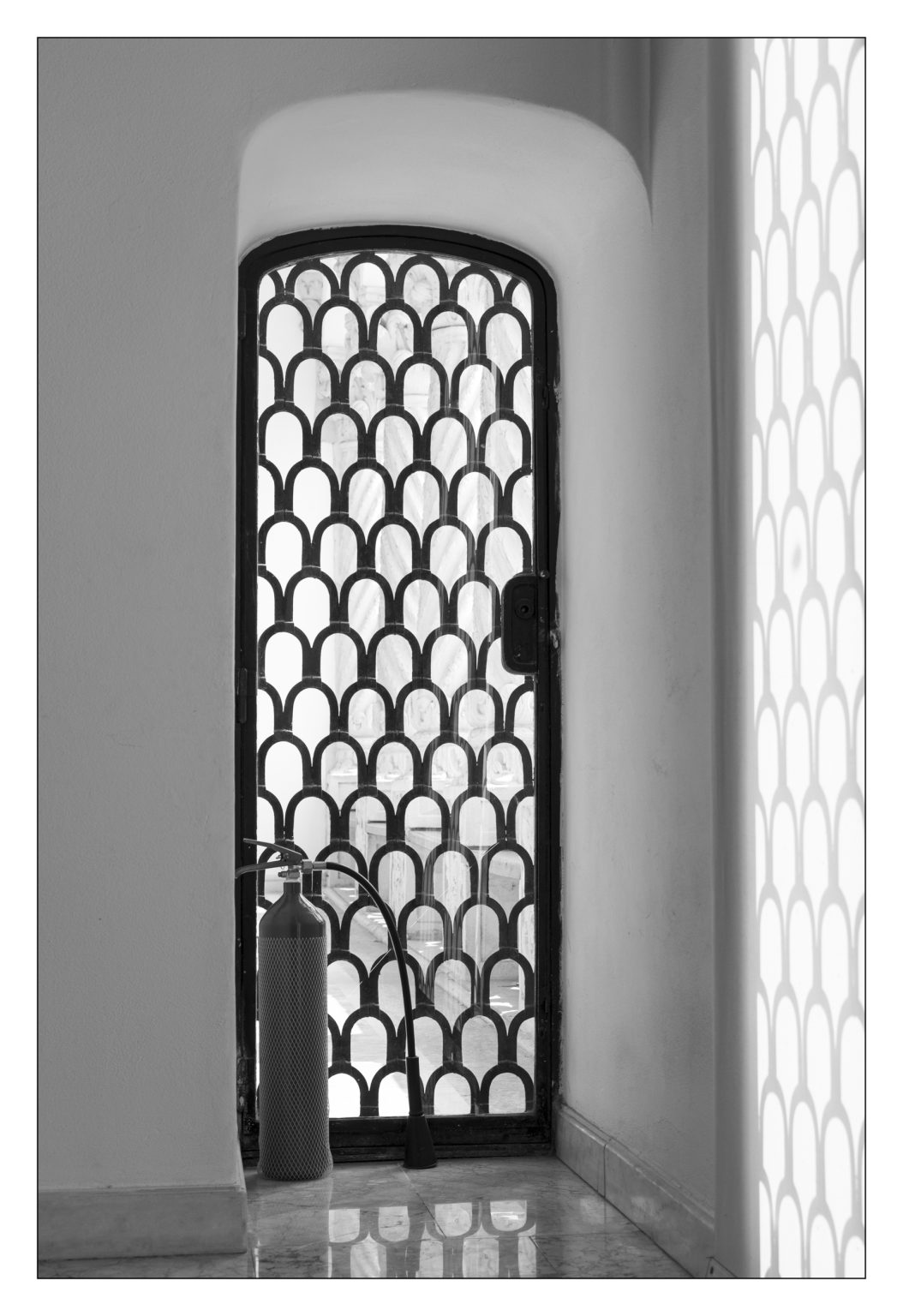
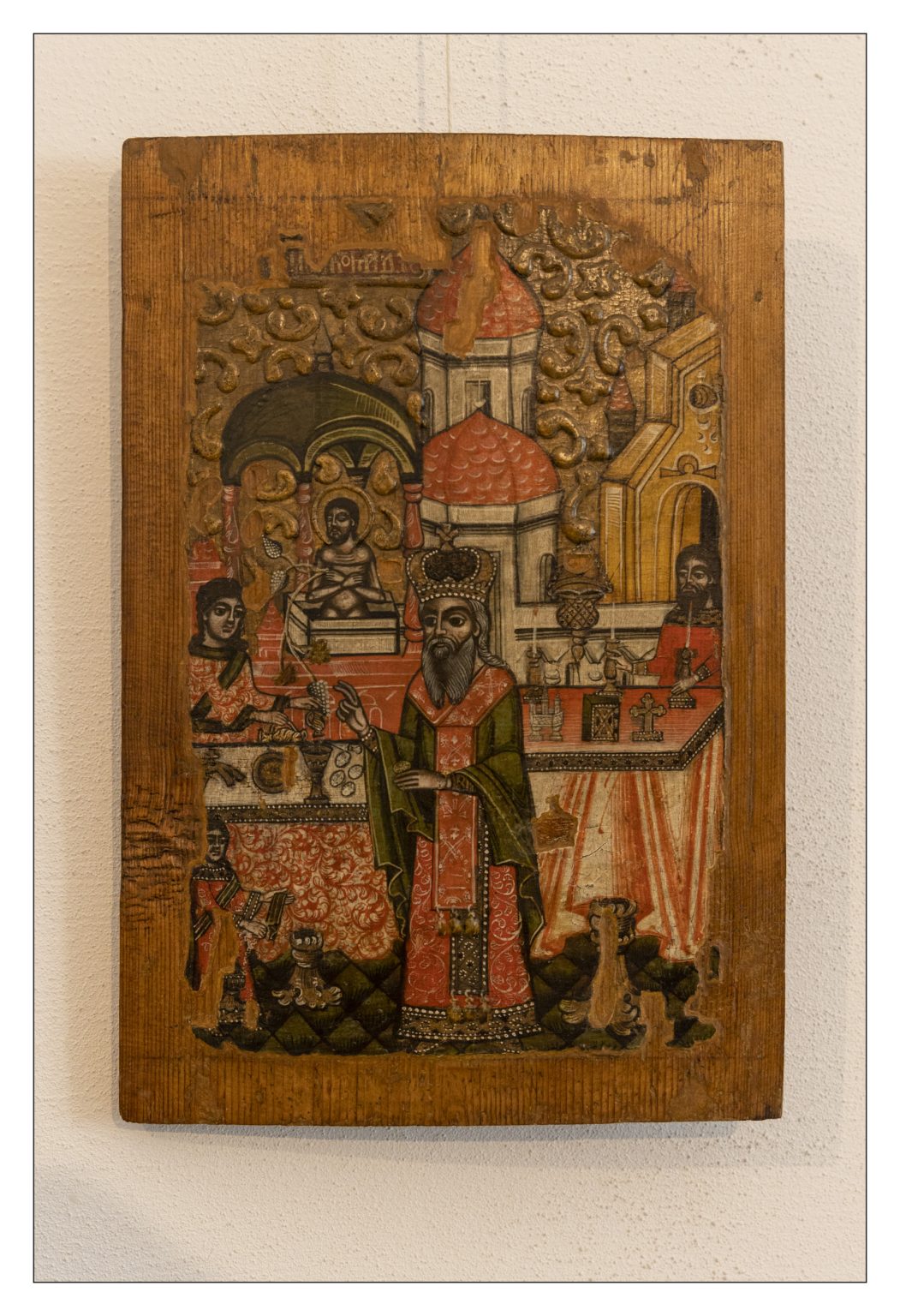
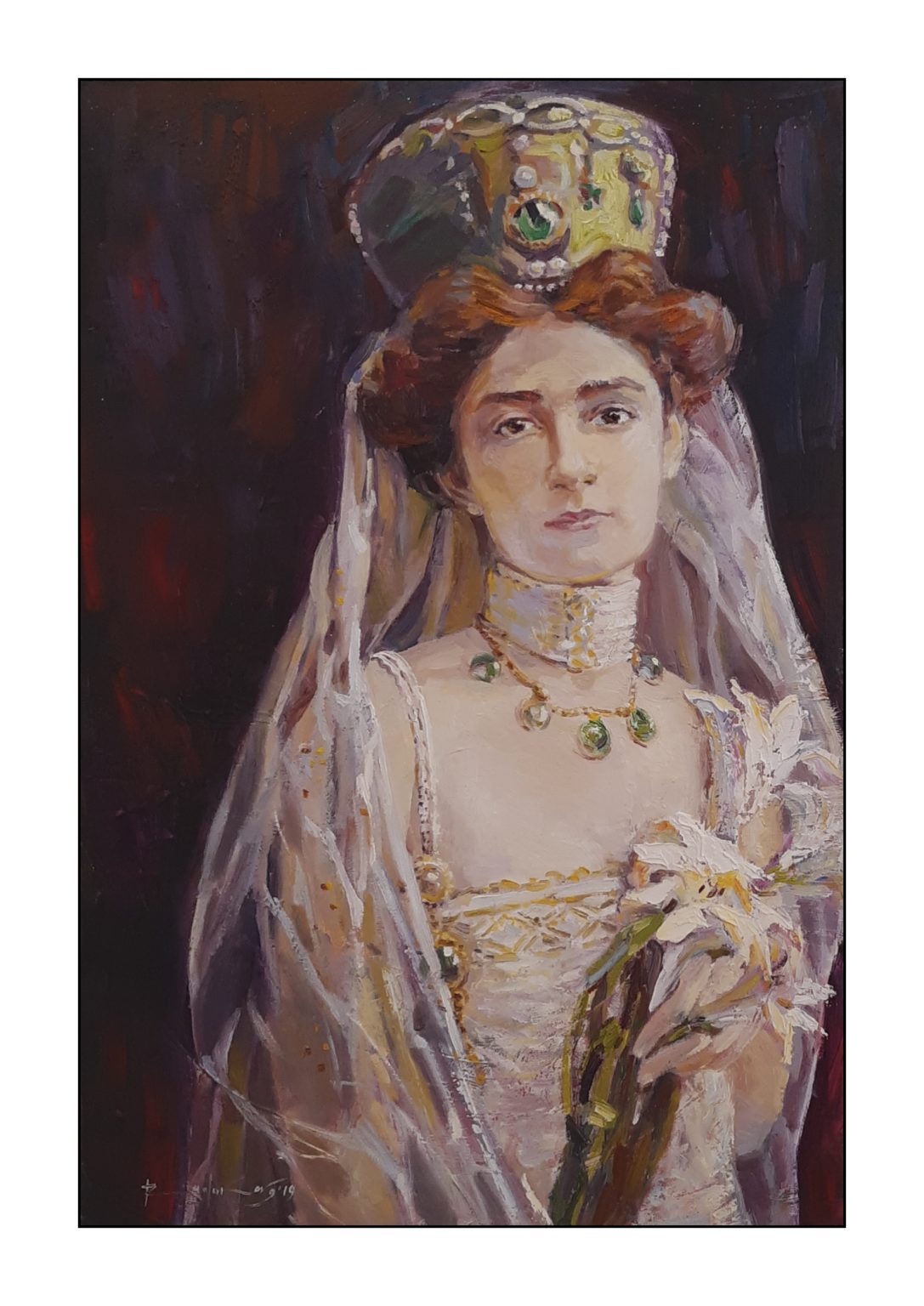
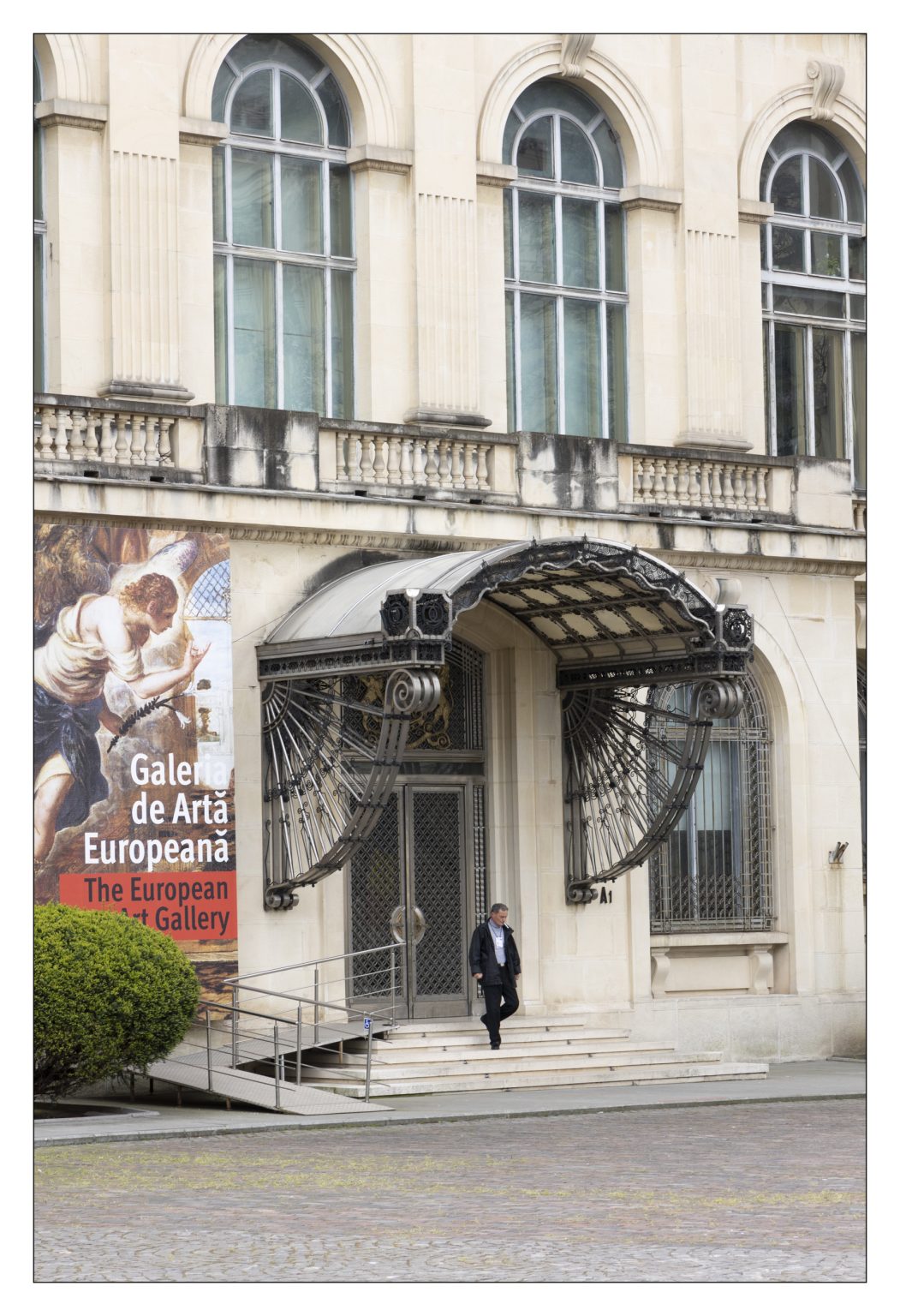
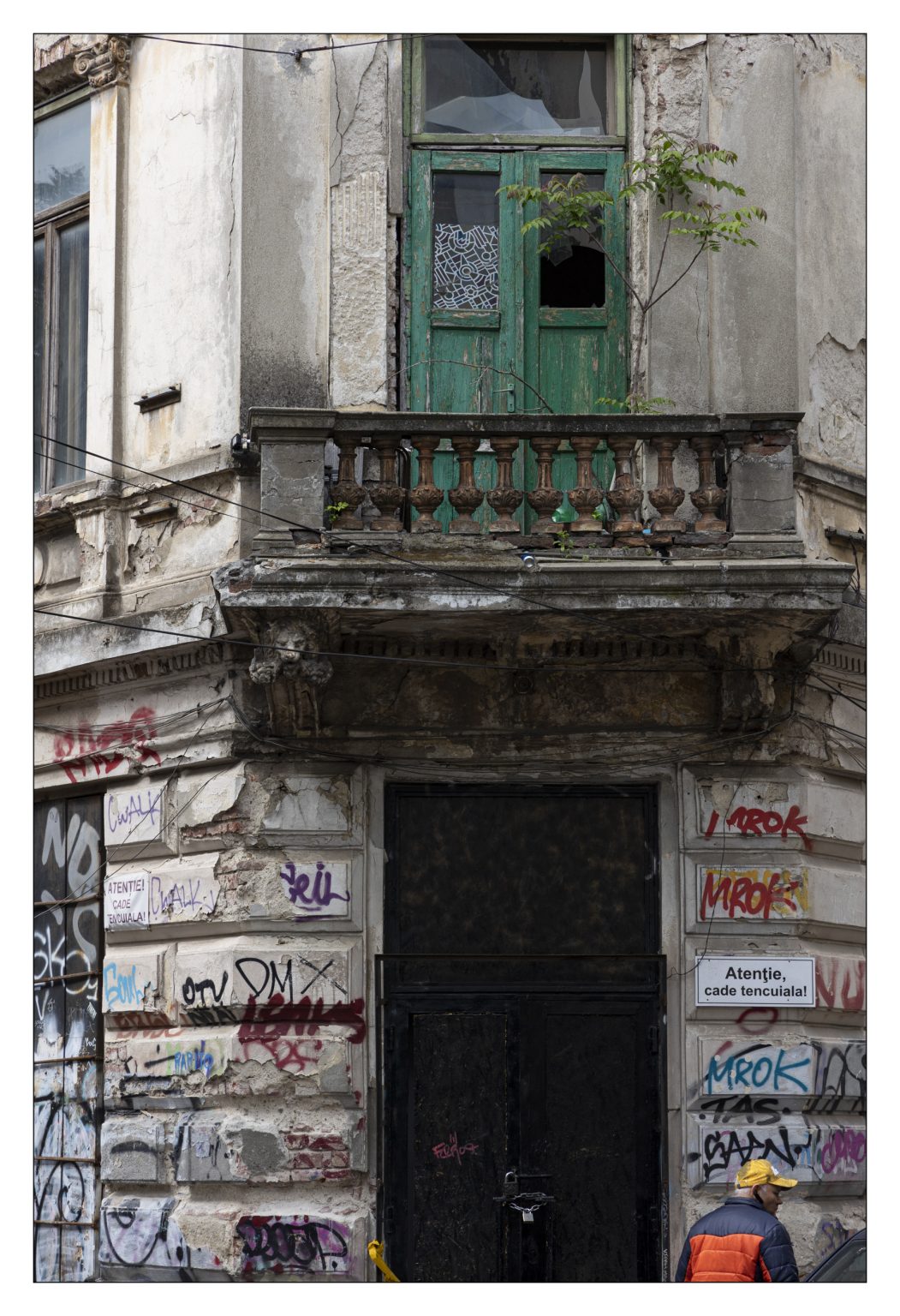
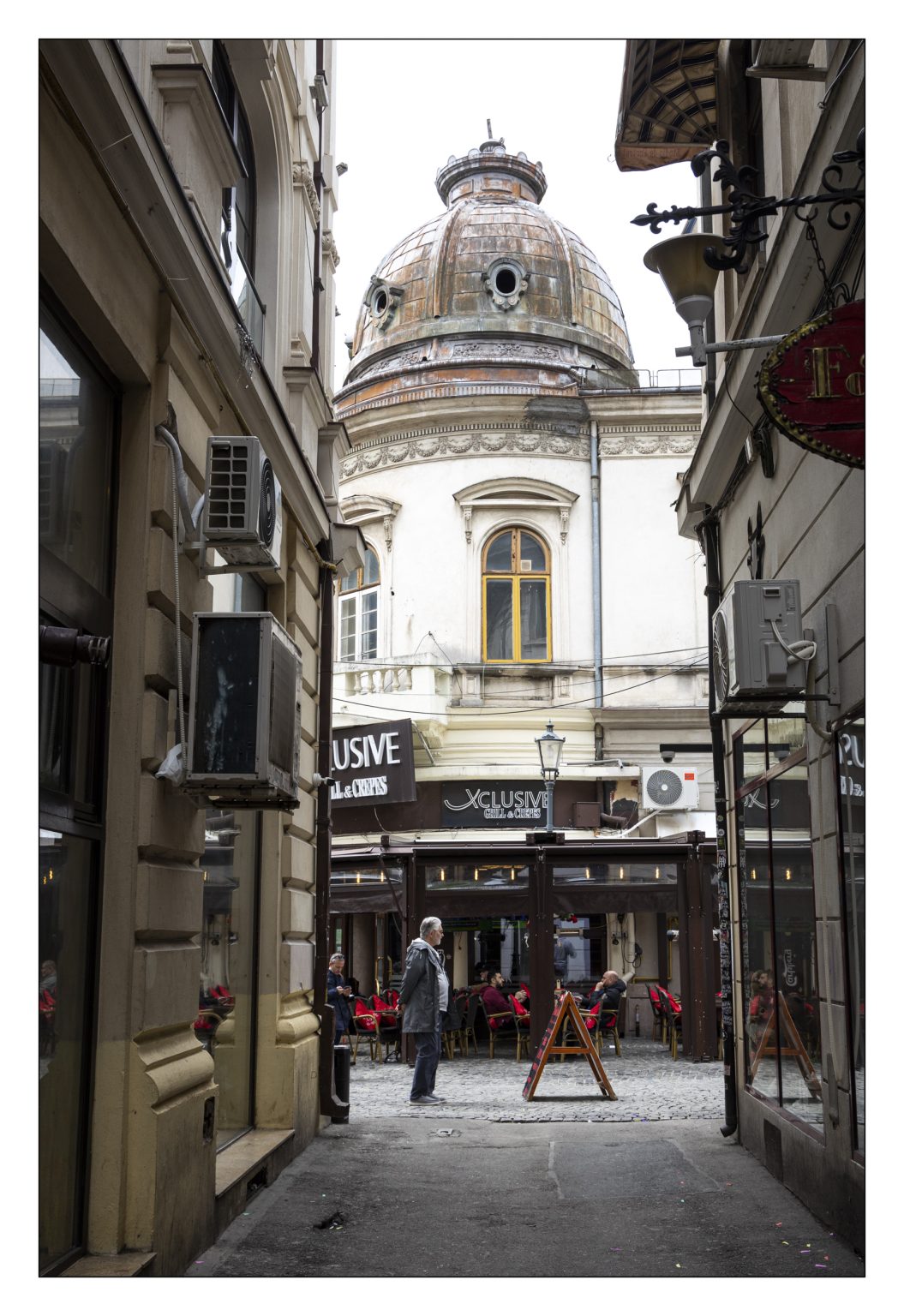
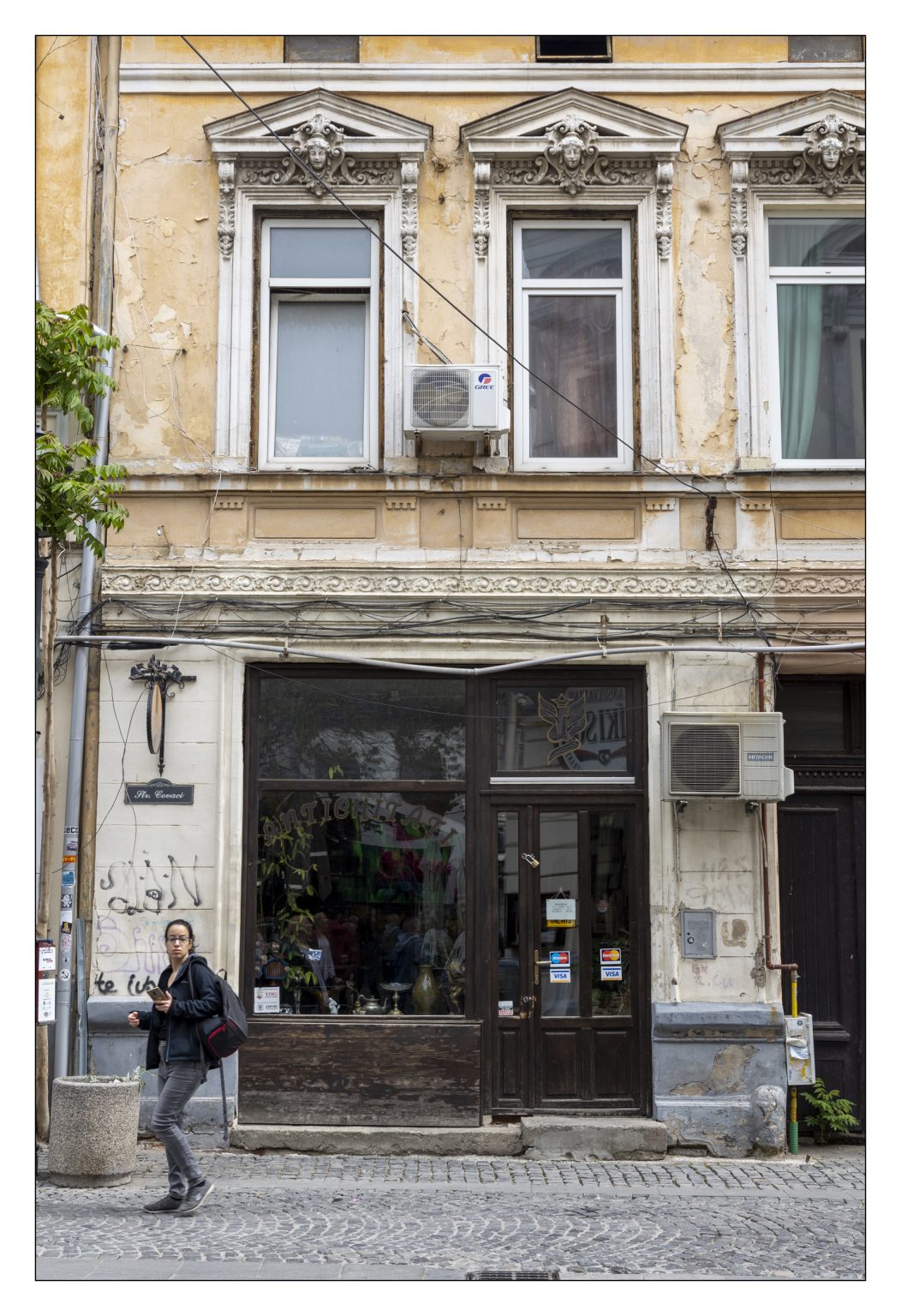
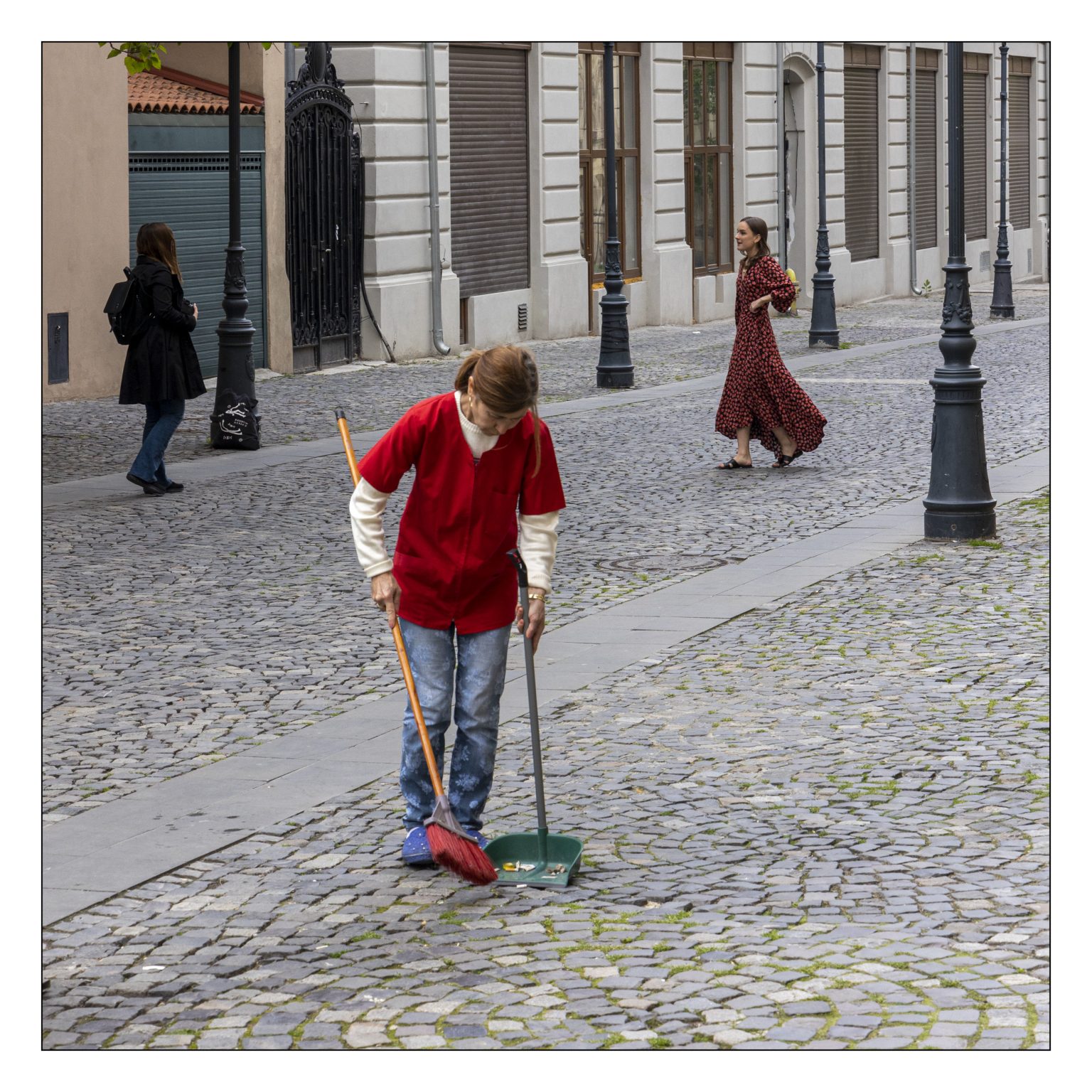
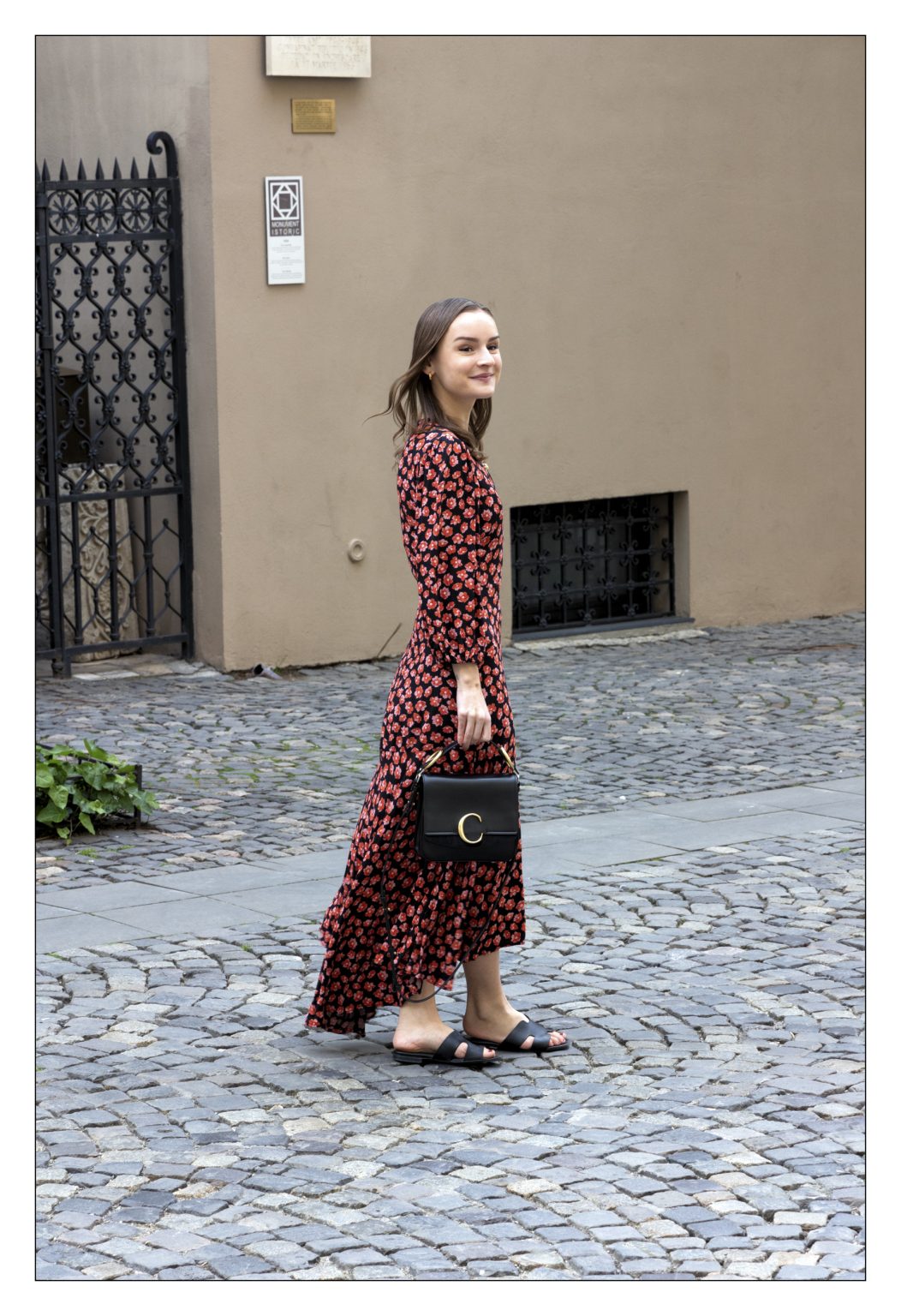
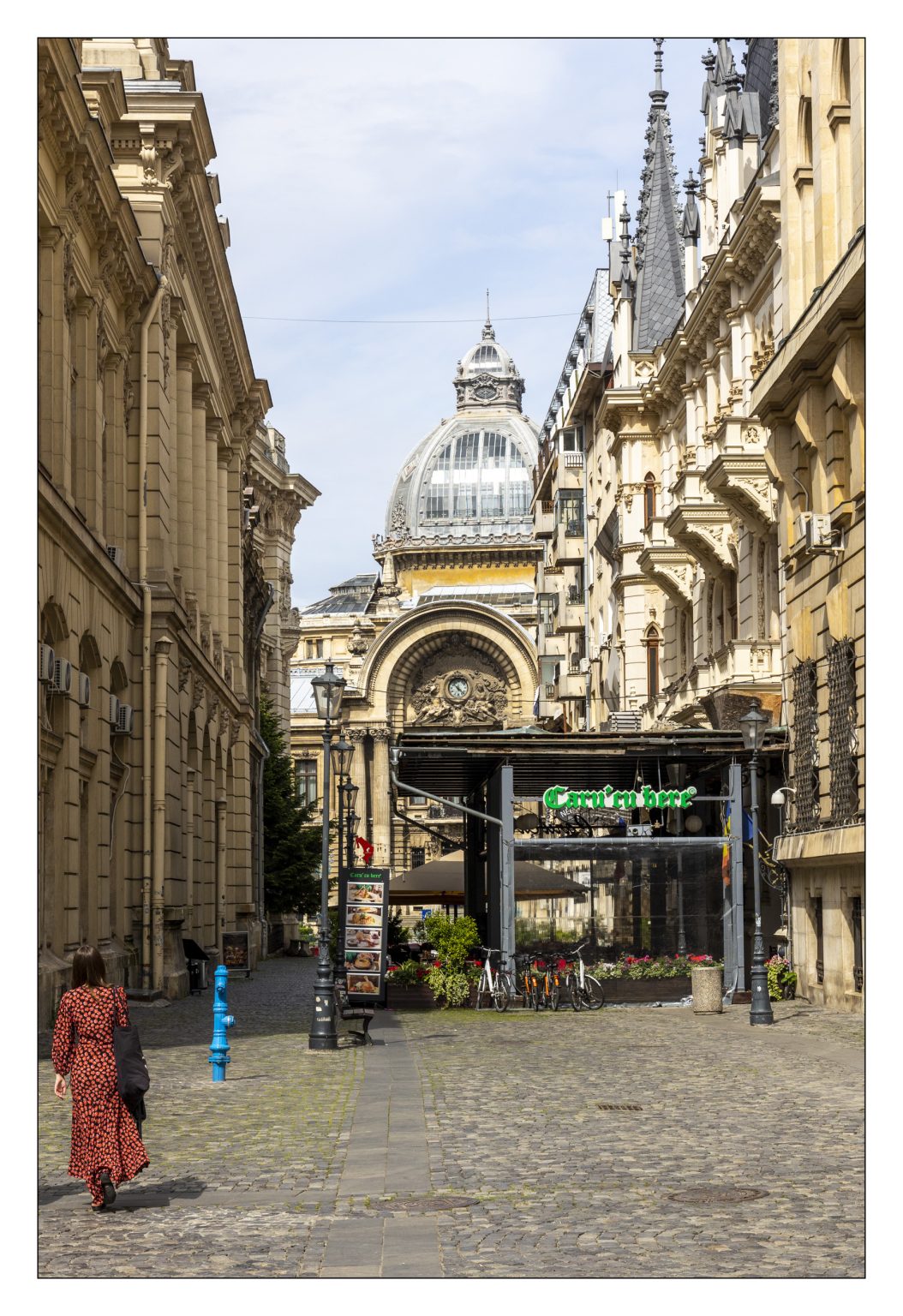
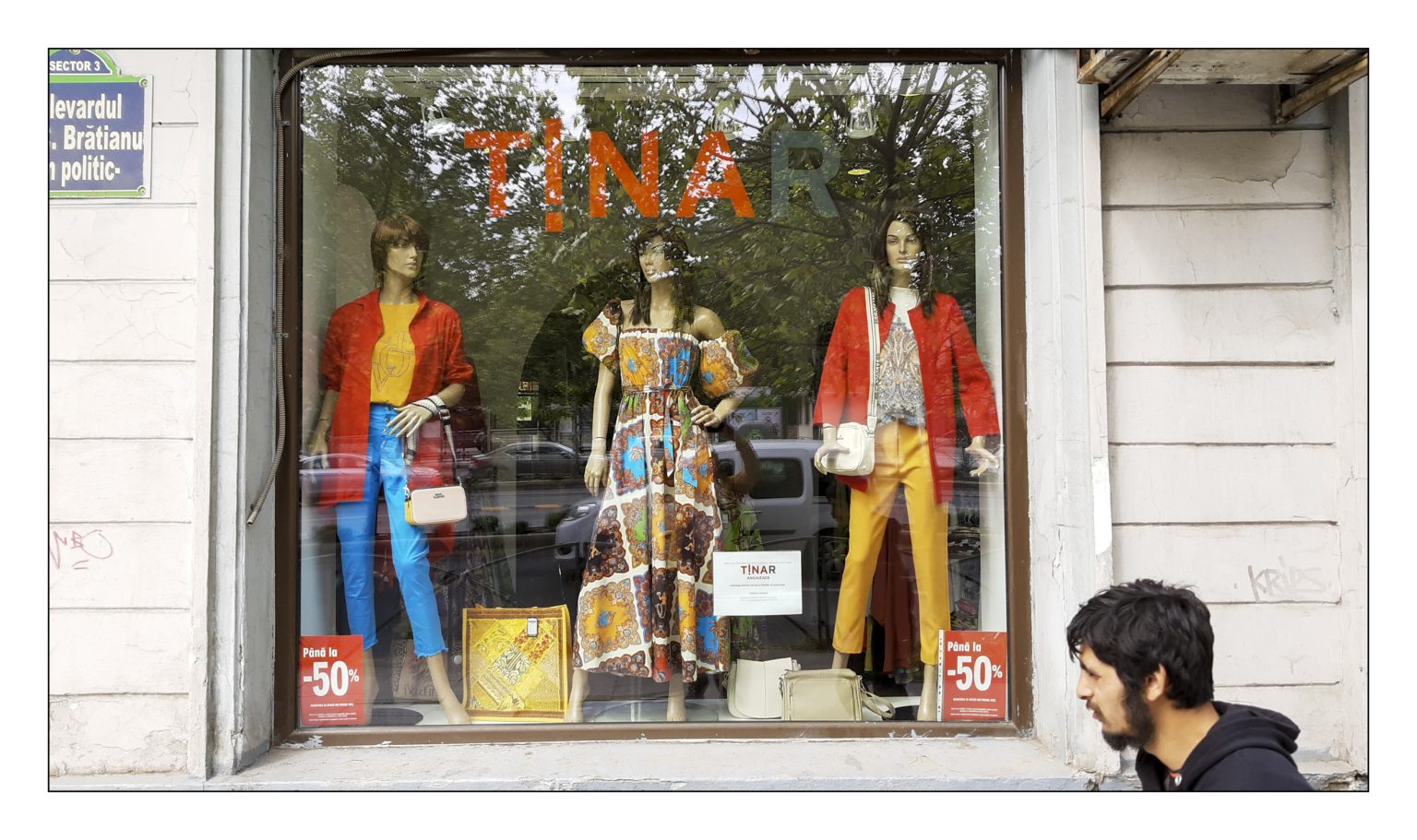
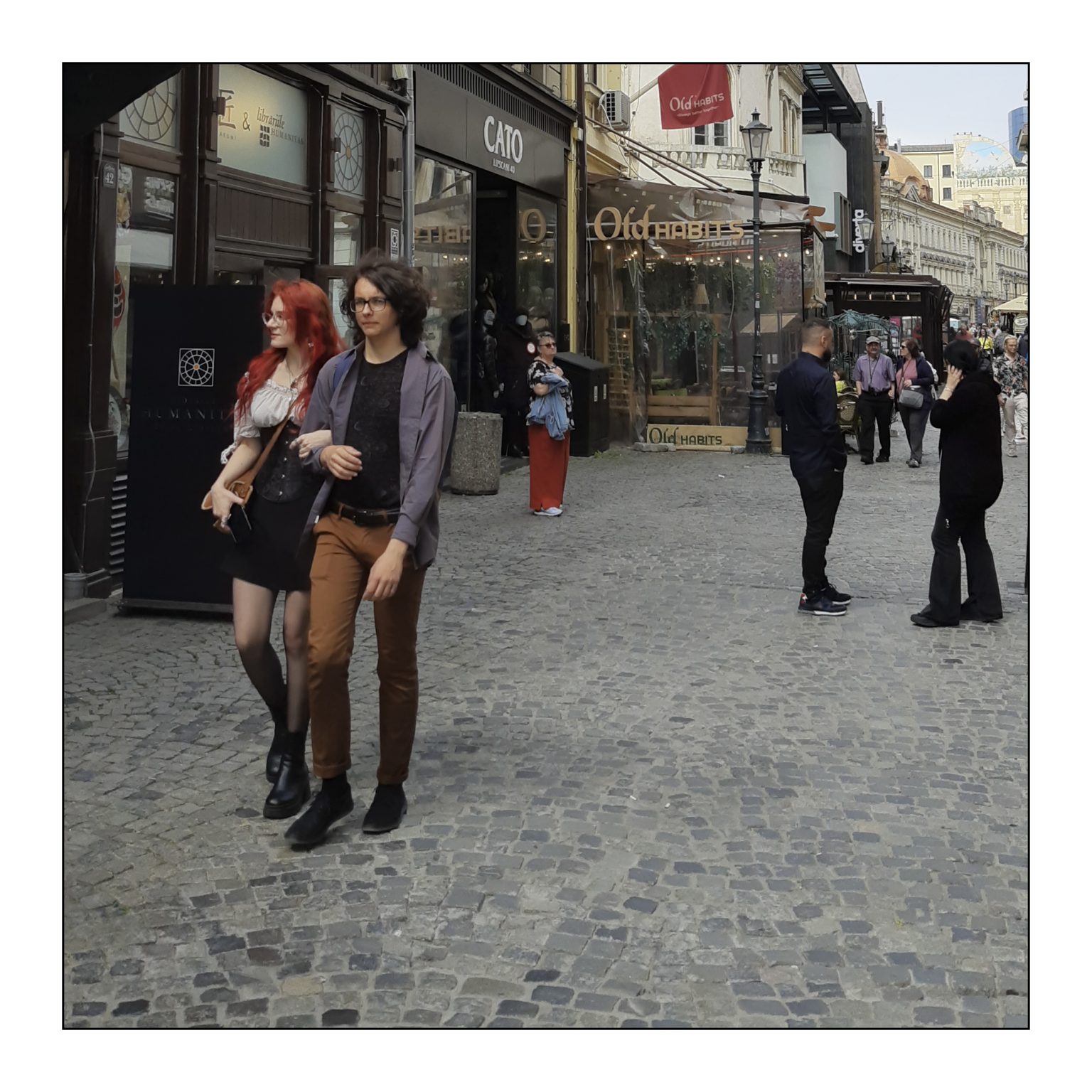
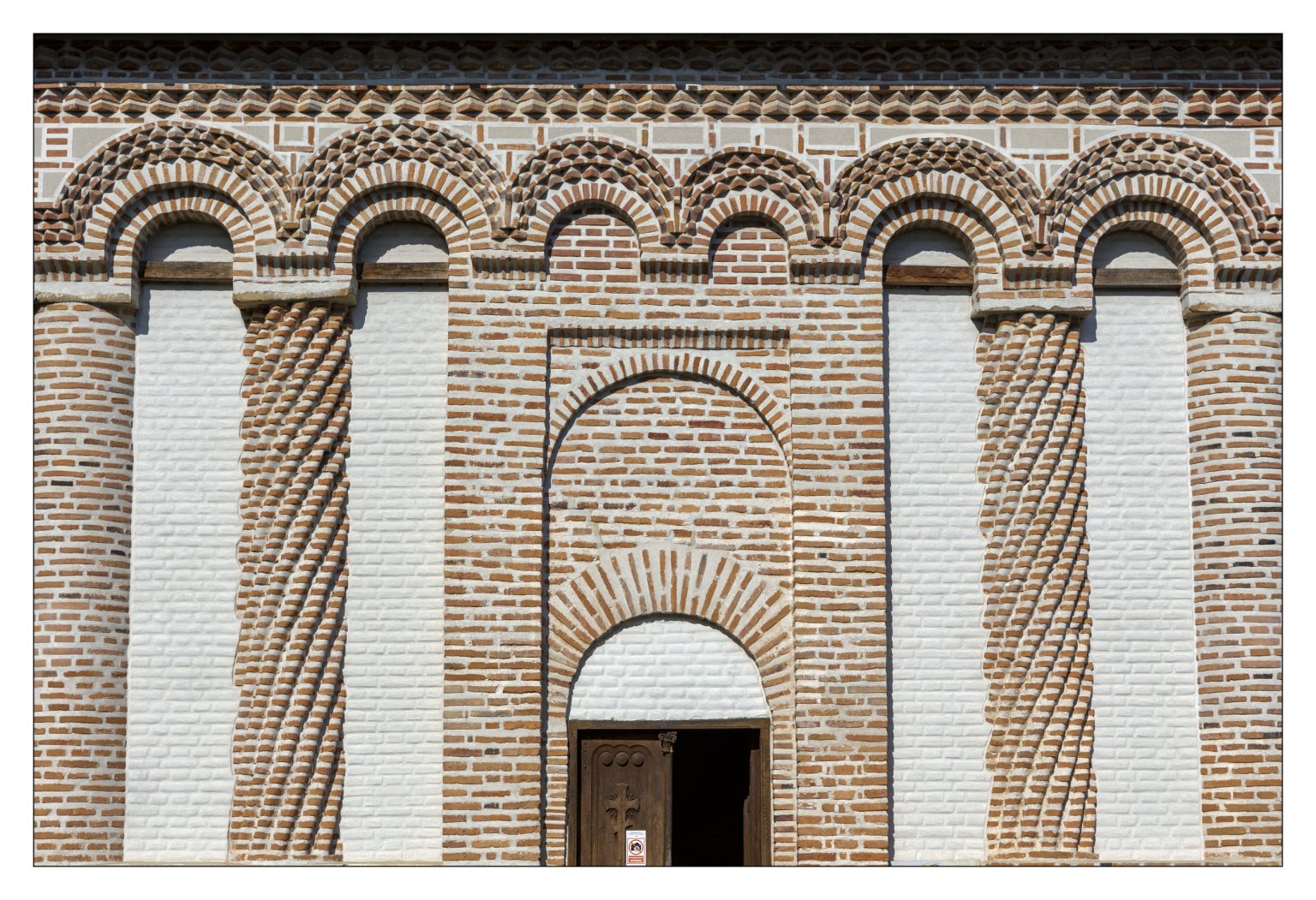
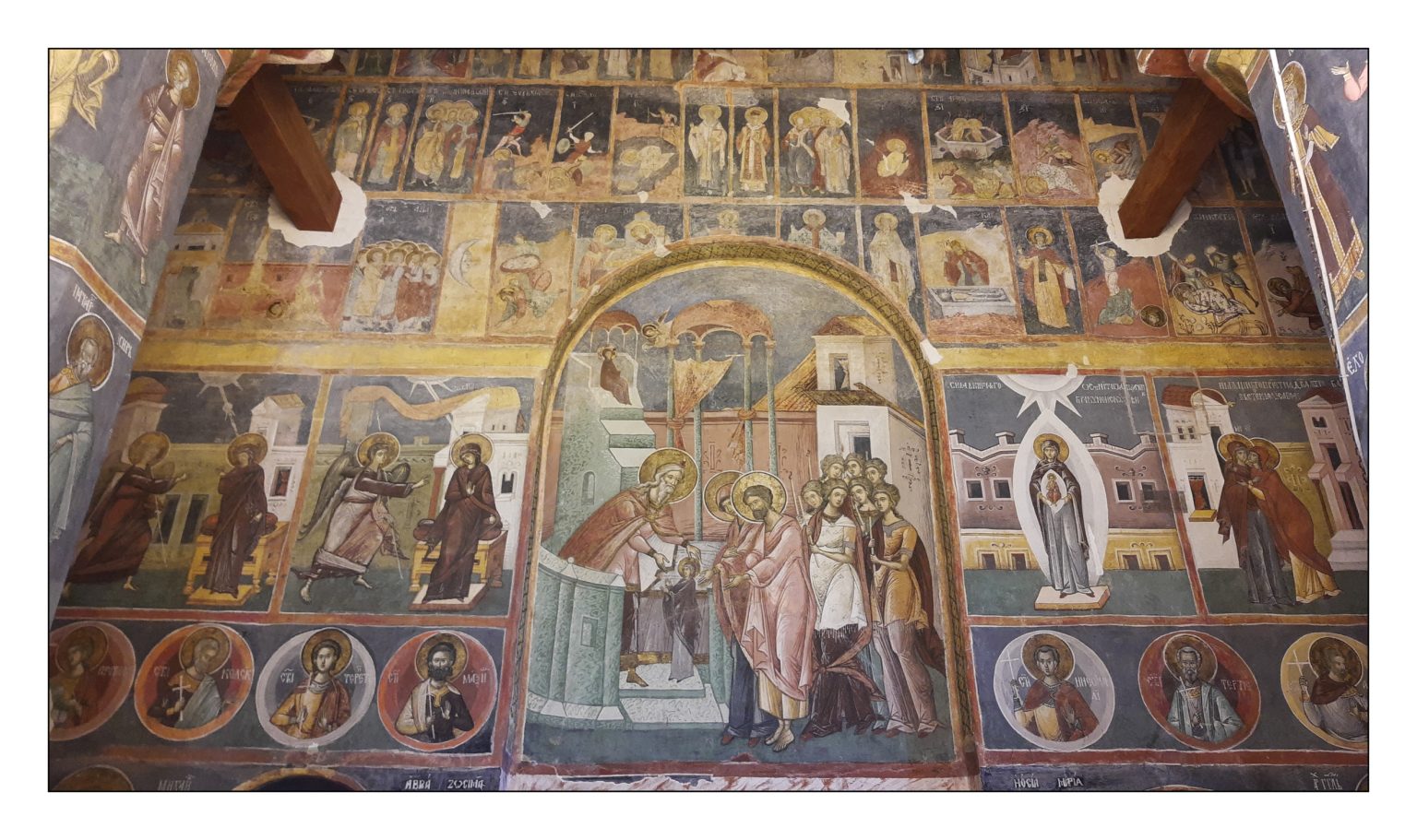
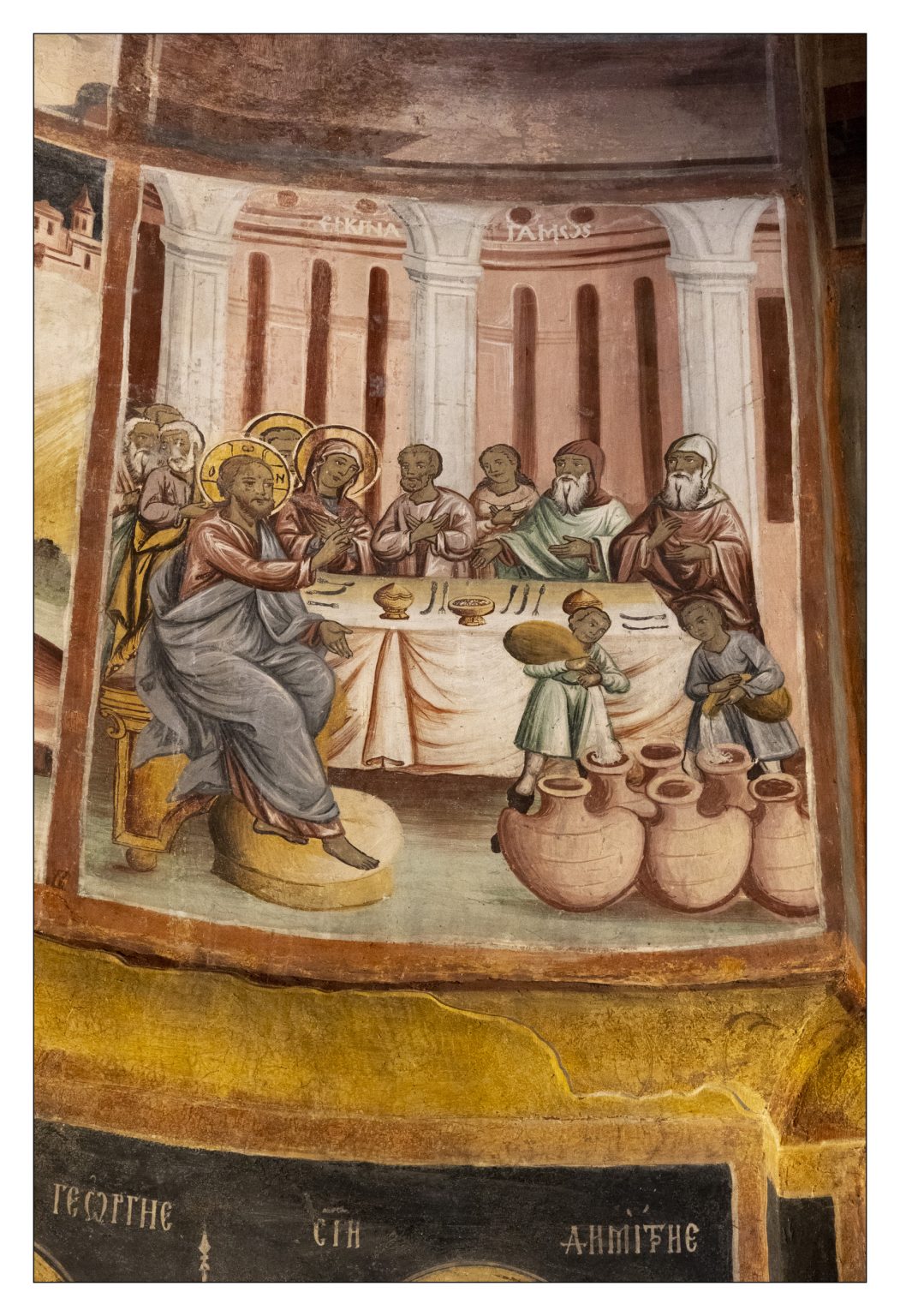
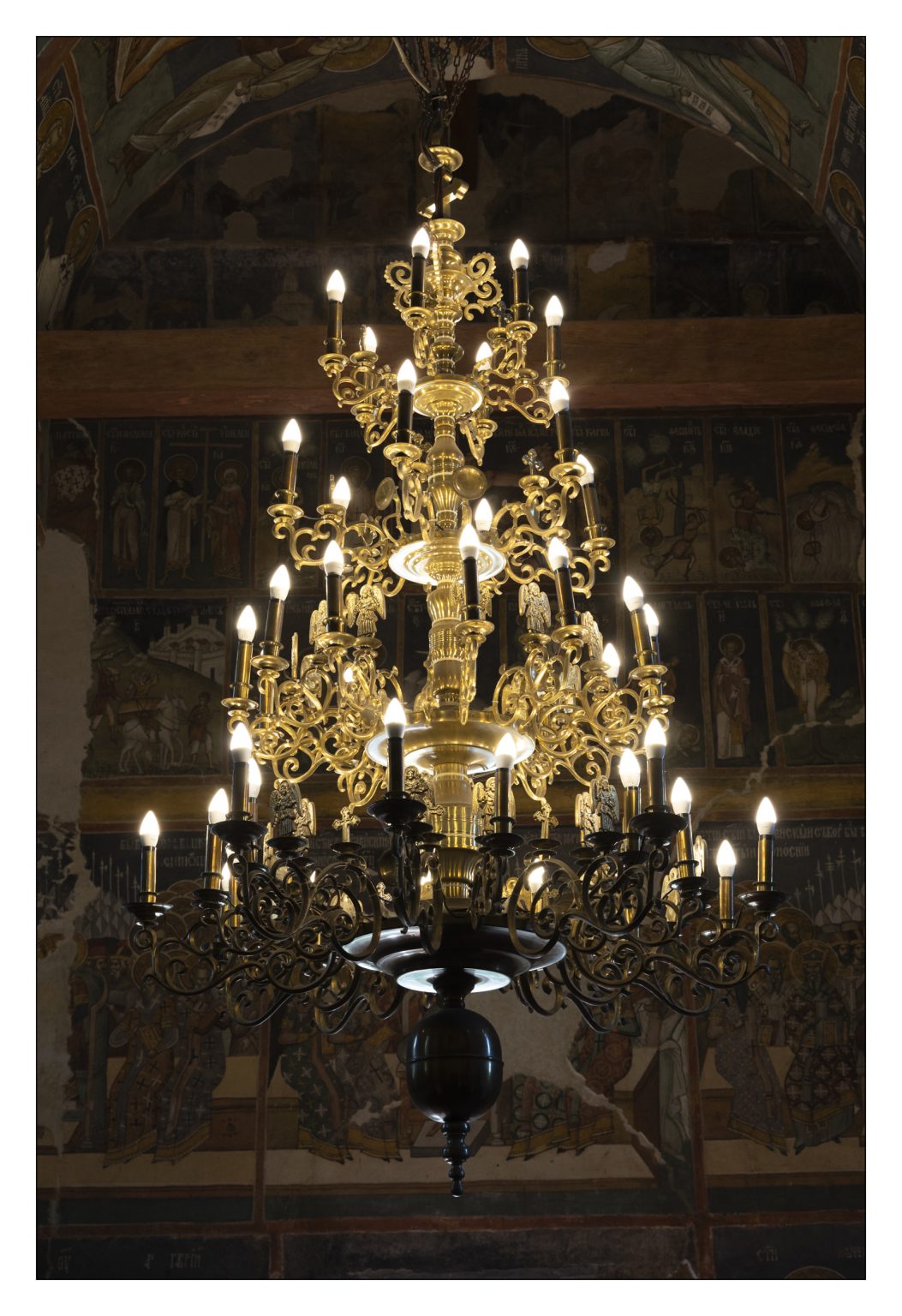
Lovely street scenes. The chandelier photo must have been difficult.
Something that just occurred to me, and maybe I missed it along the way. Where did Jackdaw come from?
Thank you for visiting and commenting.